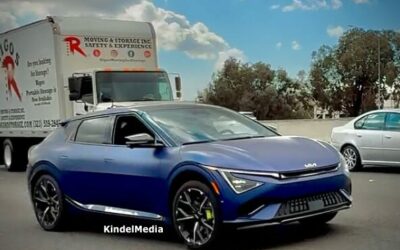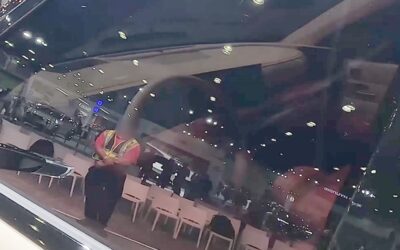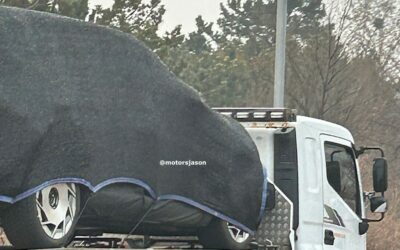The 4th generation Genesis G90 will be finally released before the end of this year. After several rumors announcing a delay, during Hyundai Motor Group’s latest conference call to announce 3rd quarter earnings the company announced that the new G90, codenamed as RS4, will debut before the end of the year.
What it is expected to suffer a delay will be the timing for the car to arrive to dealers worldwide. It is expected that the new G90 will arrive between the first quarter of 2022.
The next-gen G90 was confirmed to be equipped with a ‘level 3’ autonomous driving system consisting of a camera radar and two lidars. We also have known that will keep the 5.0 V8 engine while having air suspension for the first time.
The two radar LiDAR system will allow to implement level 3 autonomous driving based on a control algorithm developed by Hyundai Motor in addition to the existing camera radar sensor.
On the other hand, the next-gen Genesis G90 will be equipped with two radars on both sides of the front of the vehicle to realize a more advanced autonomous driving function, such as interrupting the vehicle in the sideways car while driving. In addition, more precise operation is possible even in cloudy weather, and it can be replaced more naturally in various emergencies.
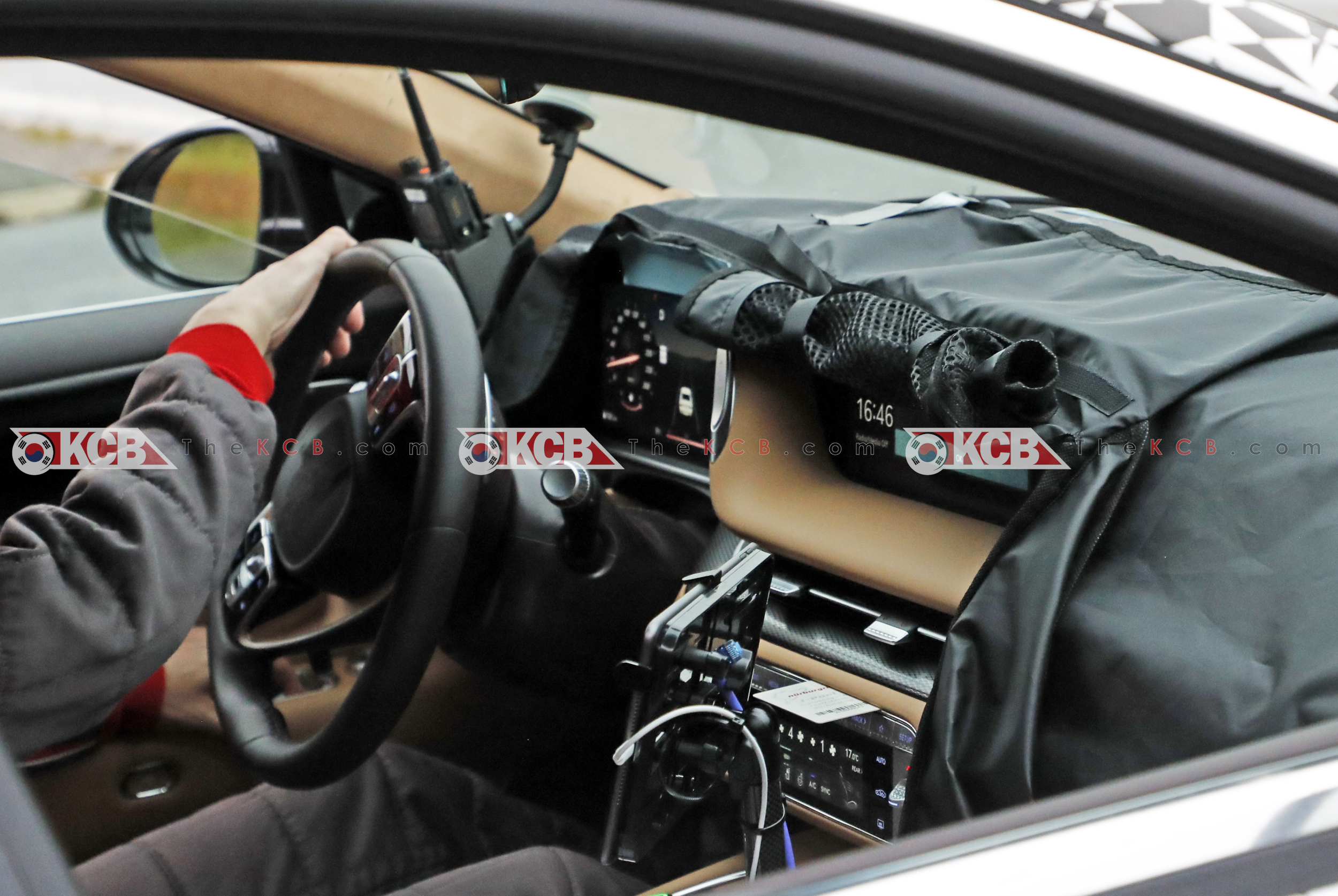
“Equipped with one radar, the autonomous driving function is focused on the front side, but mounting the radar on the two front sides is advantageous for implementing a more complete level 3, such as detecting a vehicle intrusion.” “Before responding to Level 3 technology, it will be advantageous to secure the advantage of self-driving technology with the G90.”
Hyundai’s hardware (HW) camera, radar, and lidar three groups of sensing devices are integrated into a single algorithm, and various sensor signals generated during driving are combined to secure an independent control algorithm that makes optimal judgment.
The new G90 is expected to be an important opportunity for Hyundai to take the lead in technological advancement in the field of autonomous driving in the future.
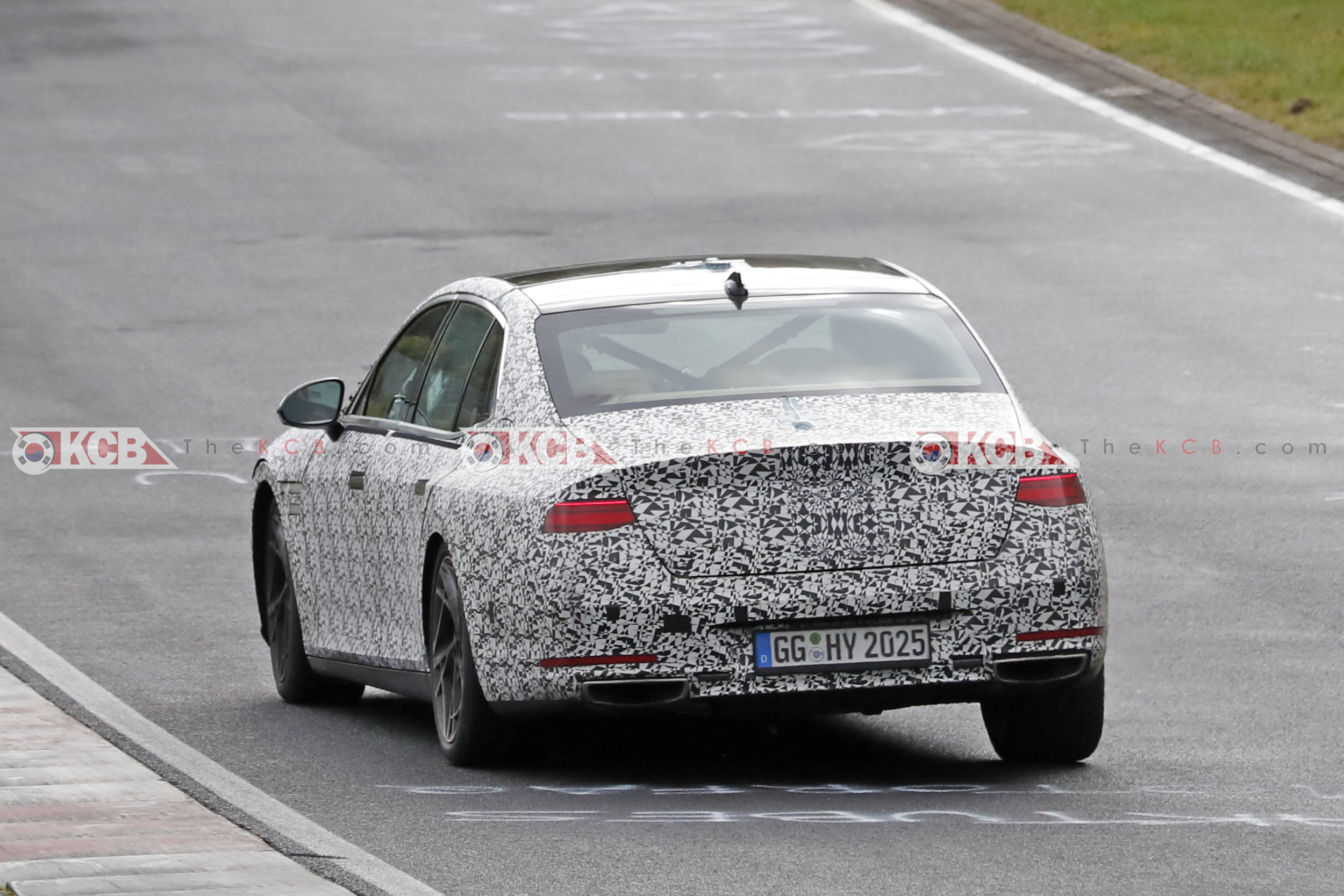
Pics by CarPIX


